








Seriously, you're spending like $75,000 on this education; surely you can spring another $600 to keep a record of it.
Do your research here: kenrockwell.com

What comes out of your mouth is sometimes as important as what you tack up on the wall, so when presenting design work in class, you wanna make sure your patter raises your game.
Try these 5 phrases to start you off when you're in a crit. They'll make you sound smart, and if you can pull them off, they just may just help you think bigger about your ideas. But be careful not to go too far; there's a pretty clear line between balls and bullshit.
Too much: "This design is all about scale, from the micro to the macro, from the human condition to the expansion of the cosmos. Design is about infinite possibility, and at this stage in my education, I consider myself limitless in creativity and ambition..."
Too much: "What I'm showing here blurs the line a bit between form and content, teasing out the possibilities between what is and what might be. I think we can all agree that a true articulation of a design requires both the storytelling and, well, the actual book itself...so let me read you my book..."
Too much: "I tried to break the problem down into its most elemental parts, and that the further I went, the more it became clear to me that at the end of the continuum—'cause that's what it turned out to be, actually—at the end of the continuum, what we're really talking about right there is 'the user.' So I started with the user..."
Too much: "The thing that I had the hardest time with was trying to make this assignment personal. Without sounding narcissistic or self-absorbed...wait, are those the same thing?...well, without sounding like that, I really wanted to design something that made ME happy; something that I'D want to buy. And I have to say straight-out: I'd want to buy THIS..."
Too much: Actually, that last one IS to much, but it's a great test. If they don't cry B.S. after #5 comes out of your mouth, you're pretty much ready to graduate. Congrats!

Look around the studio. Who do you see? Let's examine the classic classmate designertypes shown above, starting from the left:
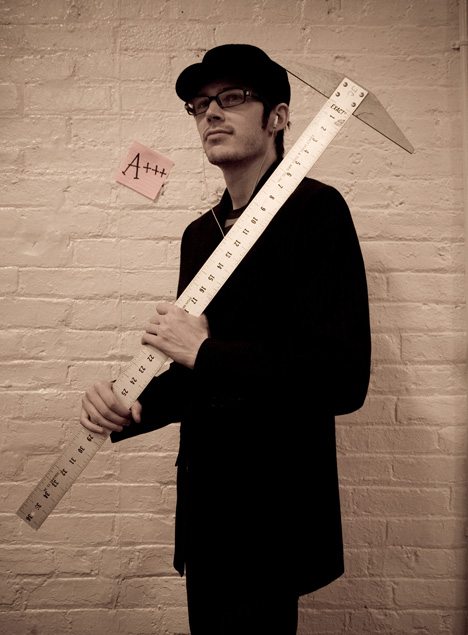
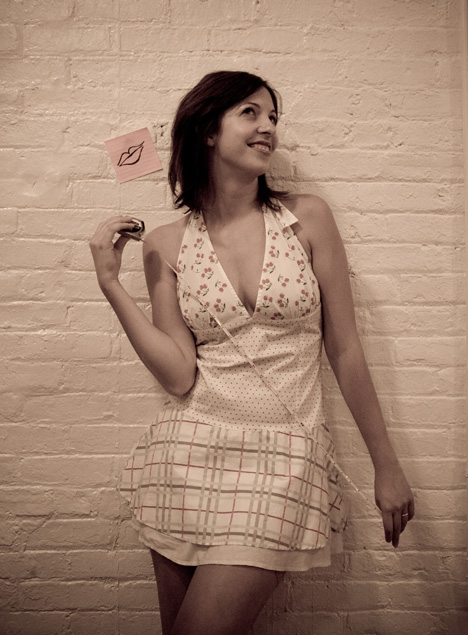
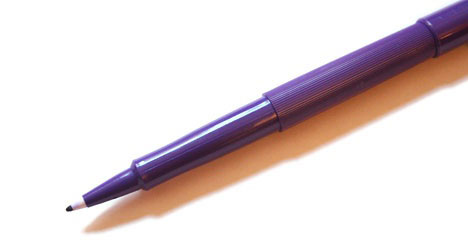
Lurking here as a teacher? Maybe consider reading 1000 Words of Advice for Design Teachers. Here's a (bitter) taste:
"Watch their faces. Teachers have their fingers
on two sets of dials: One set for each of the students (see above); another—the
Masters—for
the class as a whole. You've gotta be attenuating one while monitoring
reverberations through the other. A class is a dynamic system changing
minute-to-minute, depending on time of day, empty stomachs, the sun outside.
And the VU meters for this system? Your students' faces. Read them and
you'll know how you're doing. (Tip: Stop talking long enough to do that.)"
Read the rest of that here.

It happens to the best of us. Style block. Is it gonna be a blobject? Or maybe something geomtric-y...agh! Pages and pages of sketches later, you might find yourself tempted to grab a 40 oz. to get those creative juices flowing, but we're suggesting a slightly more proactive approach here. After 30+ years of spitting out universally-loved products, Apple continues to innovate and evolve, and you can too. If you're in the mood to flip through pages, check out Steven Heller and Louise Fili's Stylepedia, a comprehensive and deliciously visual time line of designers, schools, and movements that have impacted the creative industry up to this very day.
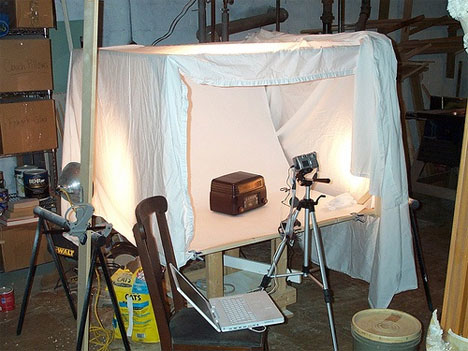
Ever wonder how those product photography shots in the magazines end up so luminous and gorgeous? Two words: Light Tent. Put your models in one of those, place some lights on the outside, and click your way to moneyshot heaven. You could buy one for sure, but it's better to make your own. Make a bigger one and share it with your studiomates!
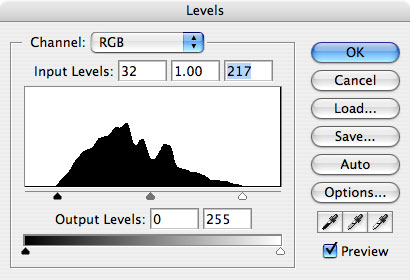
Threre are more Photoshop tutorials out there than you can throw a lasso at, but for our money, there are three Photoshop tricks that will turn your dull, generic digital photo from drab to fab (and the first one's not even a trick.)
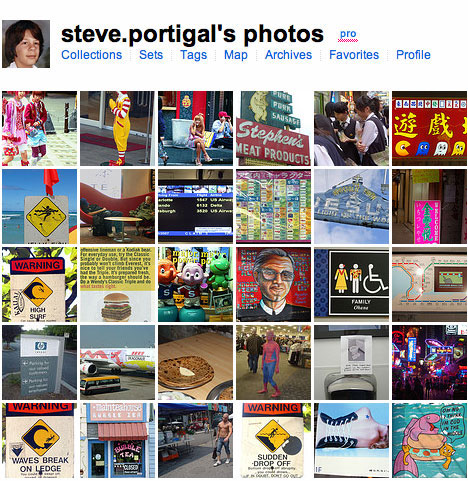
To be a better design researcher, hone your ability to observe the world around you. Keep a regular log that you add to at least weekly (daily would be ideal). Document the strange, the curious, the weird, the awesome and the funny. Learn to keep a close eye on the artifacts, signs, designs, behaviors, products and experiences that you encounter in your everyday life.
Put your observations on the Internet. Maybe no one will see them, but the discipline of taking your observations out of your own head and publishing them in a sharable form will force you into telling a story. As much as design research is about observing others, there's something very personal about how and what we see, and developing that voice will serve you well. Collect stories and retell them in your own way, emphasizing the perspective you want others to take away.
As much as design research is about observing others, there's something very personal about how and what we see, and developing that voice will serve you well. Collect stories and retell them in your own way, emphasizing the perspective you want others to take away.
Your log doesn't need to be conclusive, you just need to be observant and tell people what you think, wonder, or imagine. Learn to hear yourself feeling "Hmm—that's interesting!" and then share the interesting thing, being sure to articulate what it is about it that's interesting. Don't worry about fixing it (if it needs fixing), just notice and tell a quick story in your own voice. Be funny, sarcastic, critical, or outraged as appropriate.
Continue reading Design Research: Practice Noticing Stuff and Telling Stories by Steve Portigal
Opting for a nap on the blue foam-dusted studio floor, becoming distracted by the latest ID couples romance gossip, falling asleep during the Craft Movement segment in History of Design: these are all unacceptable behaviors that hinder the potential excellence to be achieved by the end of the semester! Take 5 minutes out to fashion a DIY Air Horn, should anyone, at any time, become distracted from what could be the most incredible balsa-foam model of a touch-screen cellphone in the history of sophomore year.
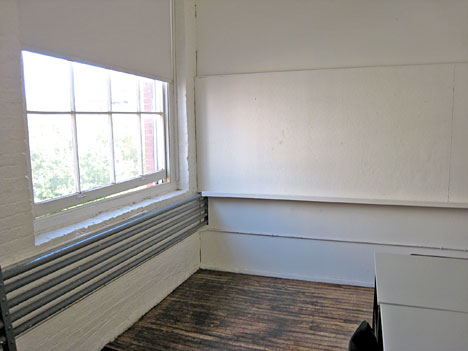
There's a great prank out there where students are able to control where an instructor stands in the classroom. Here's how it works:
If you've got a teacher who likes to pace back and forth while lecturing, coordinate with the class ahead of time that everyone will pay rapt attention when the teacher is on the left side of the room, but will drift their attention (looking at their notes, checking their watch, etc.) while the teacher's on the right side of the room. In no time, you'll have the teacher pinned in the corner, and they won't know why. (Thanks to bickytortor for the hack.)